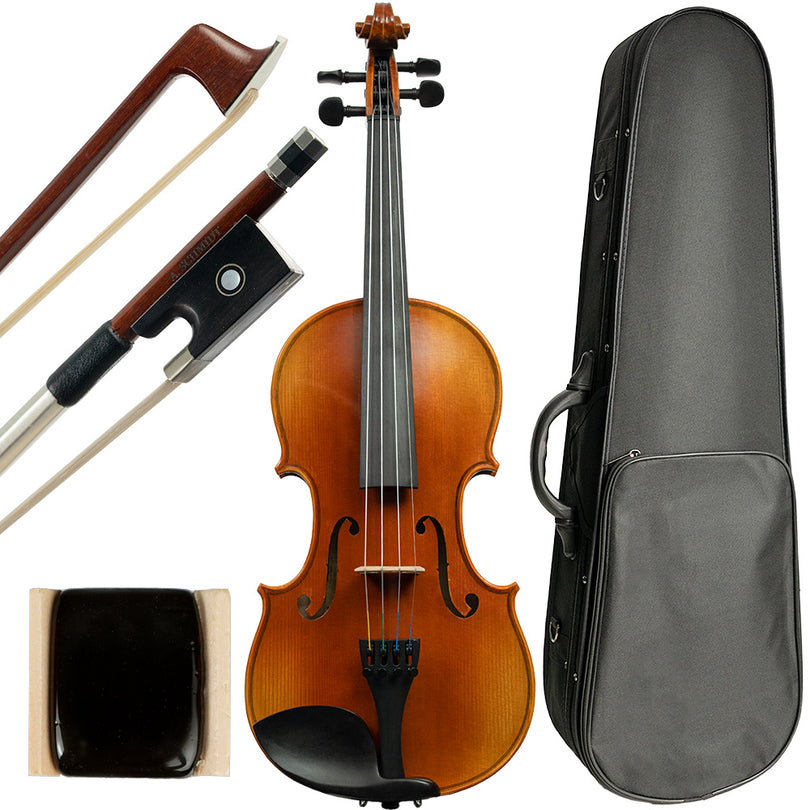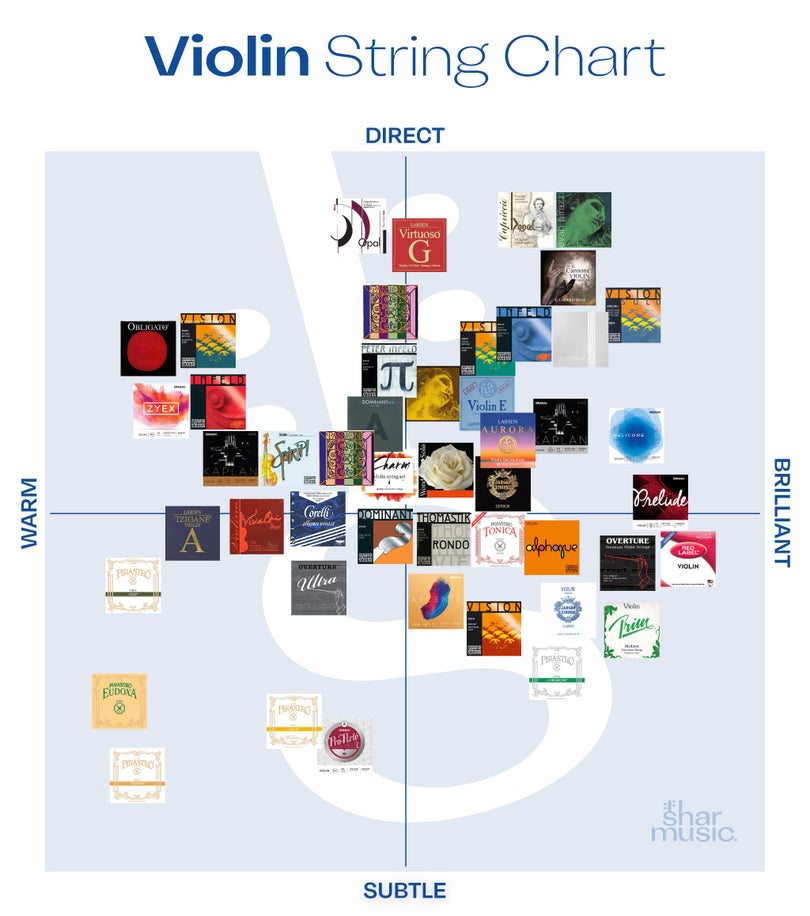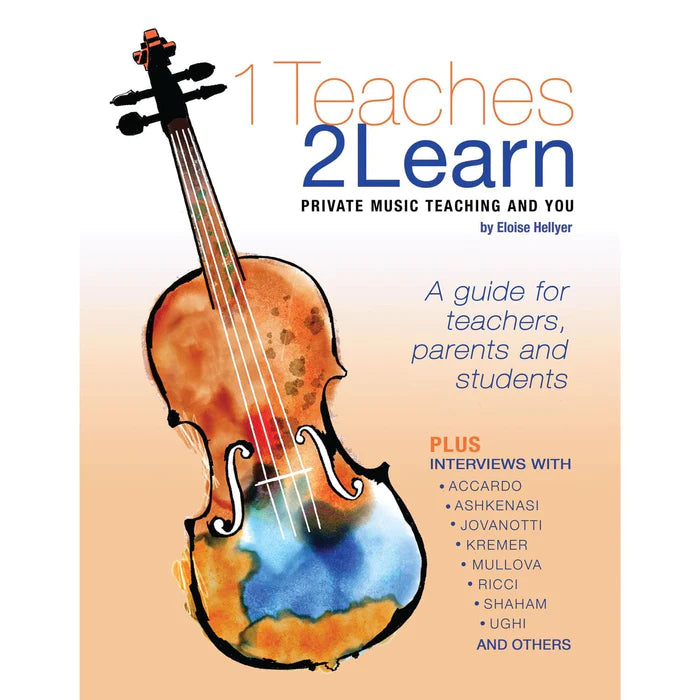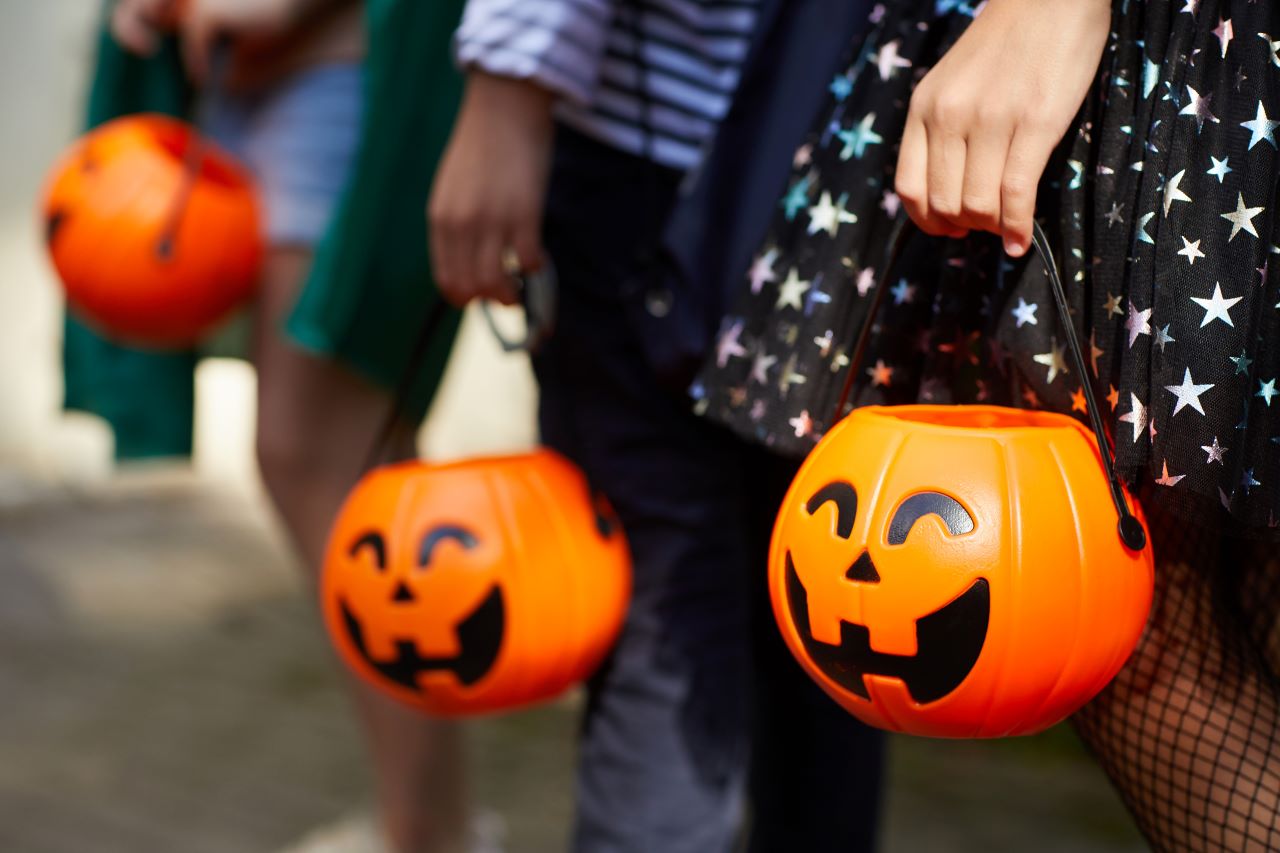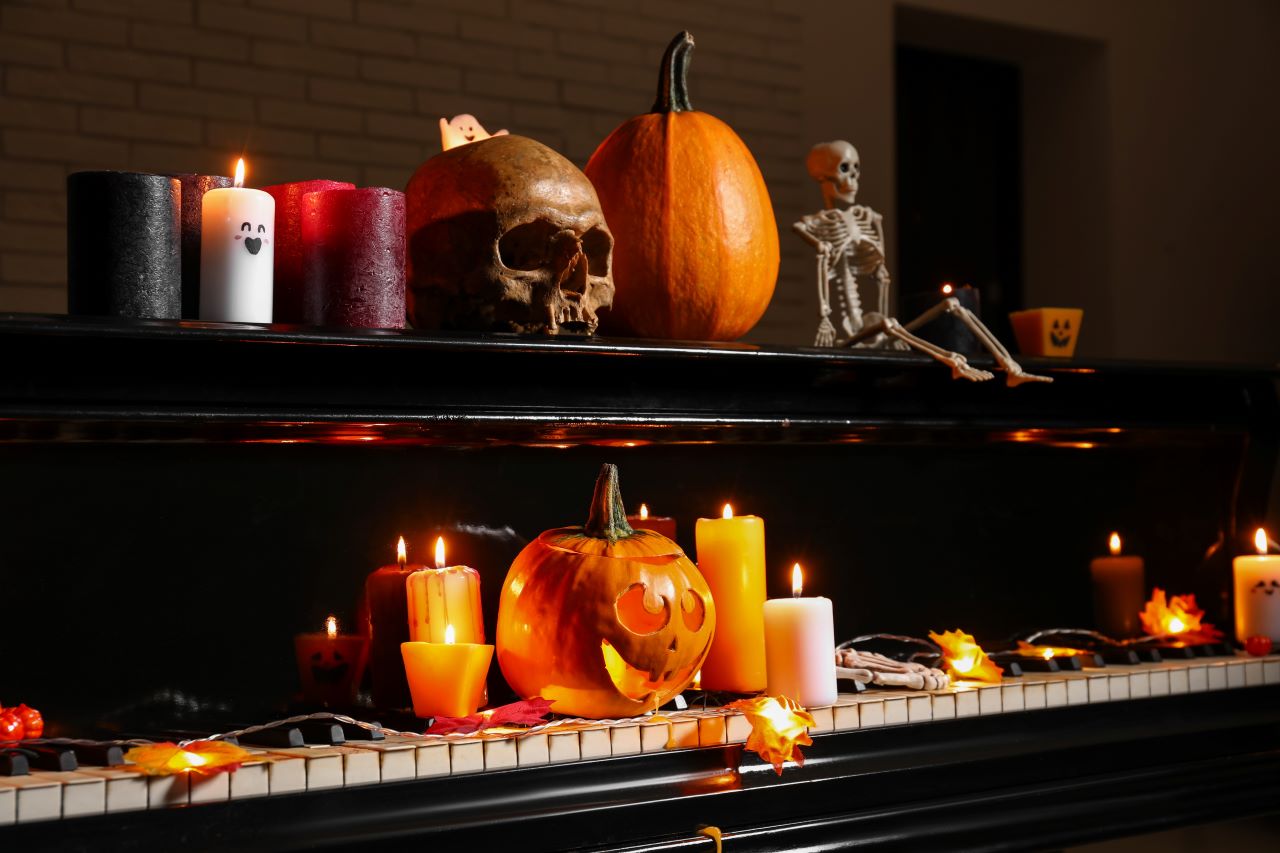Many folk and fiddle tunes are some of the first fully-fledged songs that young students learn how to play on any instrument, from viola, cello, bass, or even guitar. One of the best aspects of fiddle music is its multi-generational history and its lasting inspiration on our collective American culture. We've also compiled this list of fiddle tunes for you to learn and continue your love for playing! Shar Music® also carries the Fiddle & Song Guidebook, which includes an introduction to the fiddling method and step-by-step guides to get you started.
St. Anne’s Reel
A fiddler staple that is often played to get people in a dancing mood (or if anyone requests a Canadian classic). Also known as Sainte Agatha’s Reel, this tune was first recorded in Montreal back in 1927, and most music scholars agree on its Canadian origin. It was popularized by fiddler Don Messer in the late 1940s after he hosted a fiddle radio show (and later performed on television). In the US, the tune was a hit in Tennessee during the 60s, as Nashville Fiddler Tommy Jackson revived it for a more modern audience. Check out renowned fiddler and Young Strings of America member Kiana June Weber play her own version of the song below!
Fire on the Mountain
This fiddle tune is said to be Irish in origin but has remained a traditional American bluegrass and Appalachian tune for decades. A version of the song performed by fiddlers and players from the Ozark Mountains was recorded in the 1940s under the direction of Vance Randolph, a musicologist working for the Library of Congress. Like many fiddle tunes, the song has changed so many times over the course of its own history, and its origins are still muddled, with certain bars from the song said to also be borrowed from other fiddle tunes. What remains consistent is the player usually plays as fast as they can. According to legend, the first person to play the tune played so fast and so intensely he set fire to his fiddle and the whole mountain was soon ablaze, hence the name of the song. Watch Hillary Klug play the tune while also demonstrating traditional dance.
Soldier's Joy
Considered an American "classic" (despite its origins going back 200 years in Scotland), the Library of Congress dates the song's use in the United States to the 1760s. Considered a reel or country dance, "Soldier's Joy" is often regarded as one of the best American fiddle tunes of all time. The song had a powerful cultural moment during the 1860s, as it came back into popularity during the Civil War, and its title took on the darker associations of wounded soldiers being all-too happy to receive shots of morphine to take away their pain. Versions of the tune from this era also changed lyrics to make references to the war. Kiana June is back with her lovely rendition of the song below.
Whiskey Before Breakfast
Another classic that was attributed to Irish fiddling but is actually of Canadian in origin. Like most folk tunes, bars of this song appear in other reels and contra dances across North America. You might also be able to hear bars of the song in "Liverpool Hornpipe" and "Silver Spire." The song supposedly gets its association with whiskey after a few fiddlers played until dawn with the aid of some merriment in the form of drinks, and when morning arrived, they weren't certain what song they'd been playing. Regardless of its muddied origins, this song remains a famous violin piece. This performance by Bluegrass Hall of Famer Robert Caldwell "Bobby" Hicks is a perfect representation of how the song instills energy into an audience.
Cherokee Shuffle
This version of the song that many fiddlers have learned is attributed to Tommy Magness in 1930, though as with many of these folk tunes, the history is forever changing. It's also been suggested that the song is a variation on "Lonesome Indian" but as with many of these fiddle tunes, many players over the decades have added a bar here and there, changed the key, or added lyrics. This piece remains a fine addition to your upbeat dancing repertoire. This version by Aubrey Haynie perfectly showcases the fast tempo this song is known for.
You can find many of these tunes as well as fiddle music and violin music theory in our Shar Music® library. Which one do you need to practice?

